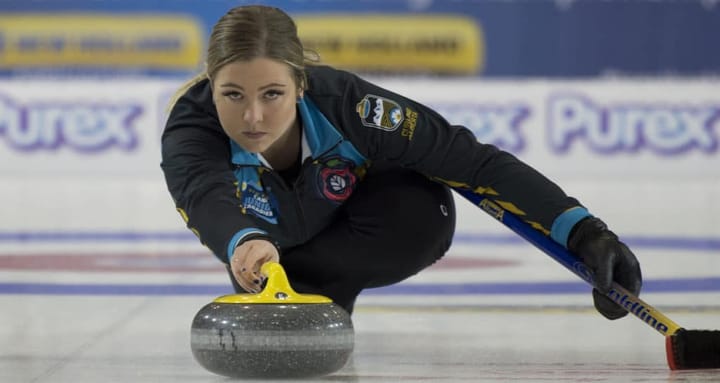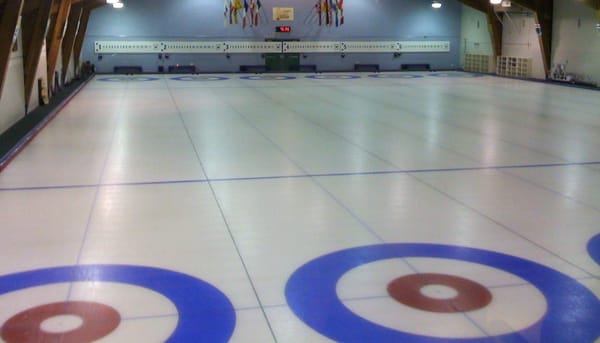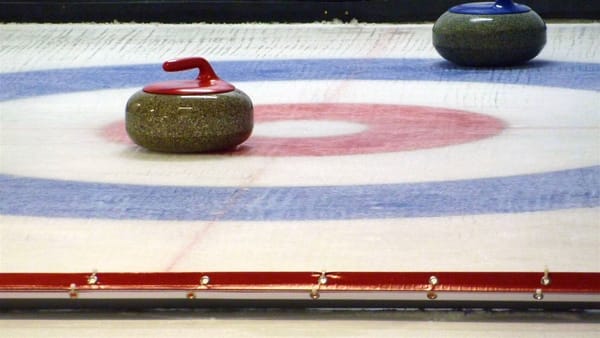How Long Does a Curling Game Last?

Curling is a sport that captivates players and fans alike, but one question often arises: how long does a game actually last? The duration of a curling match can vary depending on several factors, including the format of the game and the level of competition. Here’s a closer look at what you can expect.
Standard Game Length
In most league and recreational settings, curling games are typically played over eight ends. Championship matches usually extend to ten ends. Each end generally takes about fifteen minutes to complete, which means you can expect an eight-end game to last around two hours.
Time Regulations in Competition
For international competitions, teams are given a specific timeframe to complete their throws. In a ten-end game, each team has 73 minutes to finish all their shots. Additionally, they are allowed two one-minute timeouts to discuss strategy or address any issues that may arise. If the game goes into extra ends, teams receive ten minutes plus an extra one-minute timeout for each additional end.
An emerging system known as "thinking time" is also gaining traction, especially in Canada. This system allocates 38 minutes for a ten-end game and 30 minutes for an eight-end game for teams to make their decisions. In the event of extra ends, each team gets four minutes and thirty seconds per end. This approach helps ensure that teams using slower shots aren't unfairly penalized compared to those relying on faster strategies.
Factors That Influence Game Duration
Number of Ends
The total number of ends is a major factor affecting game length. Naturally, more ends mean a longer game, so the format chosen will significantly impact how long the match lasts.
Playing Speed
The pace at which teams play also contributes to the overall game duration. Timed games help maintain a consistent tempo and discourage excessively slow play.
Use of Timeouts
Timeouts can be beneficial for strategy discussions or resolving equipment issues, but they also add to the total game time. Teams must balance the strategic advantages of taking a timeout against the extra minutes it can add to the match.
Extra Ends
If the score is tied at the end of regulation, extra ends will be played to determine a winner. Each additional end naturally adds more time to the game.
Etiquette and Speed of Play
Curling is known for its emphasis on sportsmanship and etiquette, which also extends to maintaining a reasonable pace of play. Here are a few points to consider:
- Players should be ready to throw when it’s their turn, and skips need to make decisions promptly to avoid unnecessary delays.
- Slow play can disrupt schedules and lead to boredom or discomfort for players who may be standing around waiting.
- While camaraderie and discussion are encouraged, excessive socializing or over-analyzing shots can slow the game unnecessarily.
- If a team recognizes that they have no realistic chance of winning, conceding the game is considered good sportsmanship and can help keep the pace moving.
Conclusion
While the average curling game lasts around two hours, various factors—including the number of ends, use of timeouts, and overall pace of play—can influence the final duration. Embracing curling etiquette not only enhances the competitive spirit but also helps ensure a smooth and enjoyable experience for everyone involved. Whether you're a player or a spectator, understanding the dynamics of game duration can deepen your appreciation for this unique sport.



